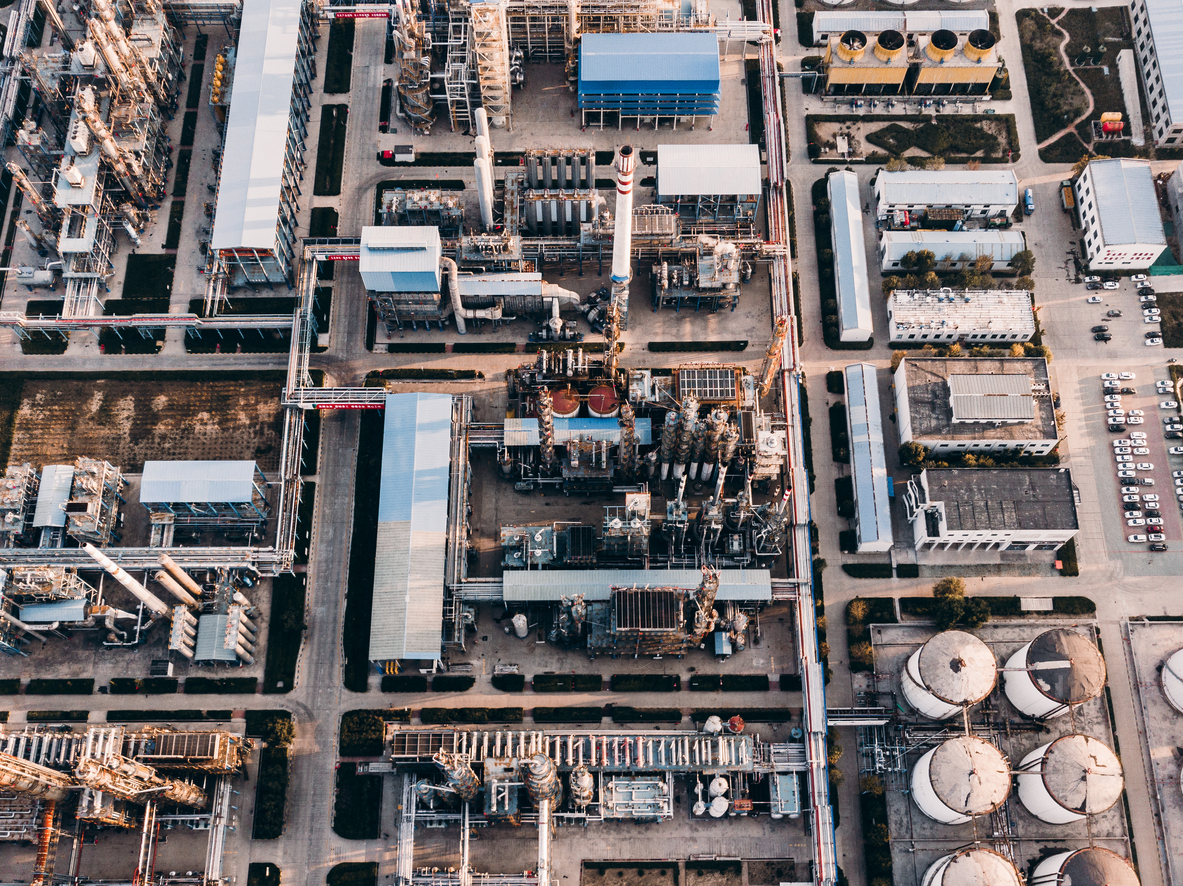After long delays, and much debate, China’s launched an emissions trading scheme that will put a price on carbon. It’s hoped this market-based approach will lower pollution levels through incentivising cleaner technologies and processes.
It’s a central pillar of the country’s goal of achieving net zero emissions by 2060.
How will it work?
The core aim of emissions trading is to put a price on carbon. It recognises the detrimental effects of pollution, and it seeks to put a monetary price on it. The theory goes that this will make emissions-intensive goods less competitive, incentivising those produced with cleaner technology.
The Chinese scheme will assign companies a quote of carbon emissions. They can either use their carbon allocation to cover their pollution, but if they are able to reduce their emissions, they can sell surplus allowances to companies that face a high cost of abatement.
What industries are covered?
At launch the scheme will cover only the electricity generation sector, although this alone captures 2,000 companies and a reported 4 billion tonnes of carbon emissions per year.
According to state sources, this is 40% of the country’s emissions, and highlights the outsized contribution of electricity generation on total emissions.
How does it compare to other countries?
Covering 4 billion tonnes of carbon emissions makes this by far the world’s largest ETS program.
Structurally it shares some similarities with the scheme in Europe, but the Chinese model doesn’t set a hard cap for emissions, and it uses a benchmark for C02 per megawatt generated, rather than measuring absolute emissions.
Penalties for not complying also don’t appear to be very strong. And pilot projects were delayed due to questions around companies falsifying their data.
What’s the carbon price?
Trading began on 17th July at the Shanghai Environment and Energy Exchange. The opening price was $US7.40 (48 yuan) per tonne.
Early indications suggest the opening price is already higher than the average prices that came form pilot programs that ran since 2017. It’s assumed the market recognises the price will only rise as the number of permits is reduced.
Will pollution levels really fall?
It will take time, and the price of credits will need to rise, while industry coverage will need to broaden, in order for the scheme to lead to a material reduction in emissions.
The core problem with the structure is that it’s based on the ‘emissions intensity’ of power generation. Under this methodology the aim is for the amount of energy produced to stay the same, while emissions are lowered. The drawback is that as energy demand and production increase, the total emissions will also increase.
And it’s clear that China’s population, and demand for resources will certainly rise in coming years.
What’s the impact on Australia?
An attempt to clean up the electricity generation sector could reduce demand for Australian coal in the long-term, but in the short-term, it could be a boost for exports of clean-burning thermal coal that’s shipped out of Newcastle.

